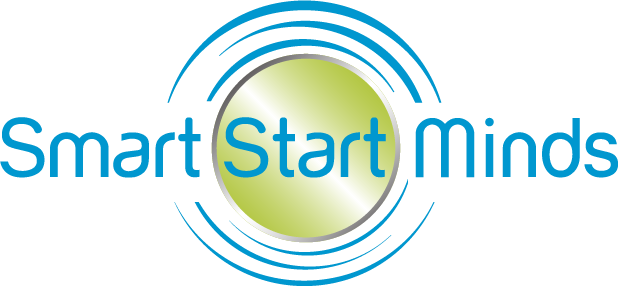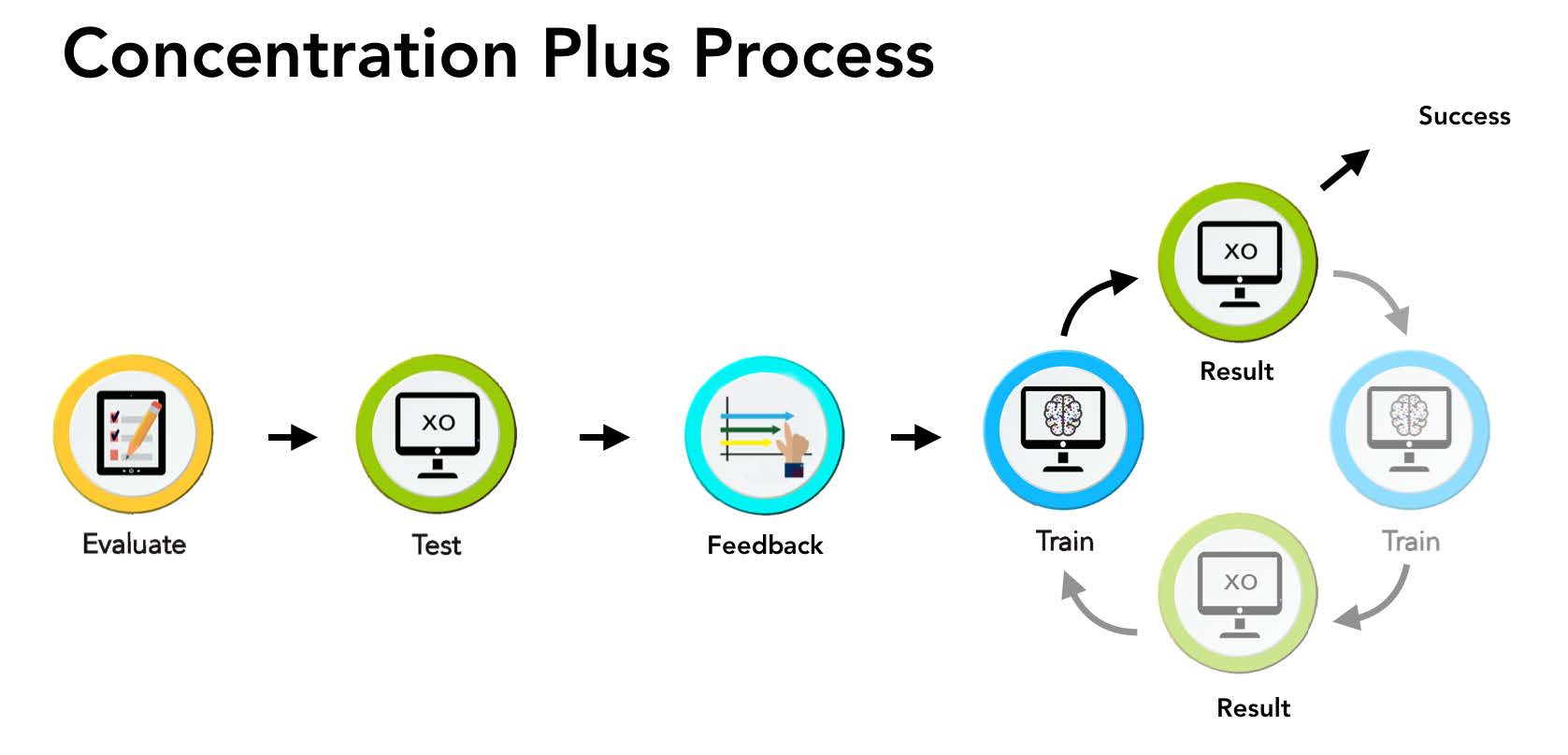How to measure and train attention with neurofeedback Brain functions like attention rely on brain activity in specific parts of the brain. We use a special technique called functional near-infrared spectroscopy (fNIRS) to measure brain activity in key parts of the brain that should activate when you pay attention. fNIRS uses ordinary light in a special way to measure the amount of oxygen in an area and this reflects activity. It is safe and easy to use. Brian activity in attention areas increases when you focus and sustain your attention and decrease when you become distracted or tired. This makes it possible to monitor when you are fo?cussed and when you become distracted or tired. We can train your attention by rewarding you for increasing and sustaining your attention and prompting you to refocus if you become distracted or tired. We train our students to control their attention whilst they watch special films played on a computer. The goal is to make the film play for as long as possible. The film and sound play when they are focussed and stops when attention decreases. A trainer supervises them closely and teaches them specific working memory and self-talk based techniques to use when they lose focus. With practice, they learn to control the film and improve their attention. This is the essence of neurofeedback training. Students wear a special headband that contains the fMIRS device during the training sessions.

How does neurofeedback training work?

How can attention be trained with neurofeedback?
How do Concentration Plus training programmes work?
Concentration Plus programmes combine all the steps required to evaluate and train attention. We offer bespoke training programmes with 25/35/40 sessions. Training is done online using the training headband and supervised in real time by a dedicated trainer. Sessions are 50-60 minutes in duration and we usually require that a minimum of three sessions be completed per week to ensure best results. These can be provided during or after school depending on local need and arrangements.

What are the goals of training?
The main goals are to help students engage in work, even things they might not like as much, persist for longer when they work so they complete more, and ultimately get better results.
- To quickly pay attention and start working when required for schoolwork and homework
- To attend for longer periods to complete tasks
- Learning skills that help maintain attention on repetitive boring tasks.
- Learn active listening skills that improve memory
Working Memory Training
The Working Memory system of the brain controls where attention is directed which makes it a crucial part of the attention system. Working memory can be trained by using specific tasks or games. Although working memory games have been around for a very long time, scientists have only recently discovered how to use them to improve school performance and particularly mathematics. We include working memory training and our own advanced techniques to help improve both working memory and attention. You can read more about the results of working memory training here.
How is attention evaluated and tested?
The evaluation is done via a detailed online concentration-health questionnaire that students or parents complete. It is specifically designed to identify physical, emotional and environmental problems or factors that can affect a student's concentration and learning ability.
The attention test is completed online on a "Go/No-Go" task. The task is simple and only requires a student to respond to two pictures that are shown on a computer screen. They respond by pressing a key on the computer as quickly as they can when they see an X-shaped target and they don’t press when they see an O-shaped target. Targets are flashed on the computer in an unpredictable order during the 20 minutes long task. The test measures a student's ability to sustain their attention, respond quickly and accurately to X-targets and to inhibit responding to O-targets. Speed, accuracy, and consistency are measured and a student's results are compared to a reference group of students of the same gender and age. Students who tend to get distracted are more likely to miss X-targets and make inattention errors or respond slowly because they are not ready when a target appears. Students who tend to be impulsive and respond quickly are more likely to press on O-targets thereby making impulsive errors. Results are evaluated using a measure called the Standard Deviation (SD) and we use cut-offs that mean out of 100 children, less than 7 will fall in the abnormal range.
How will we measure success?
We will repeat the test after a student has completed the first programme and get feedback from him and you on his academic progress to determine his response. It will help if we can get feedback from teachers, tutors, and exams.




